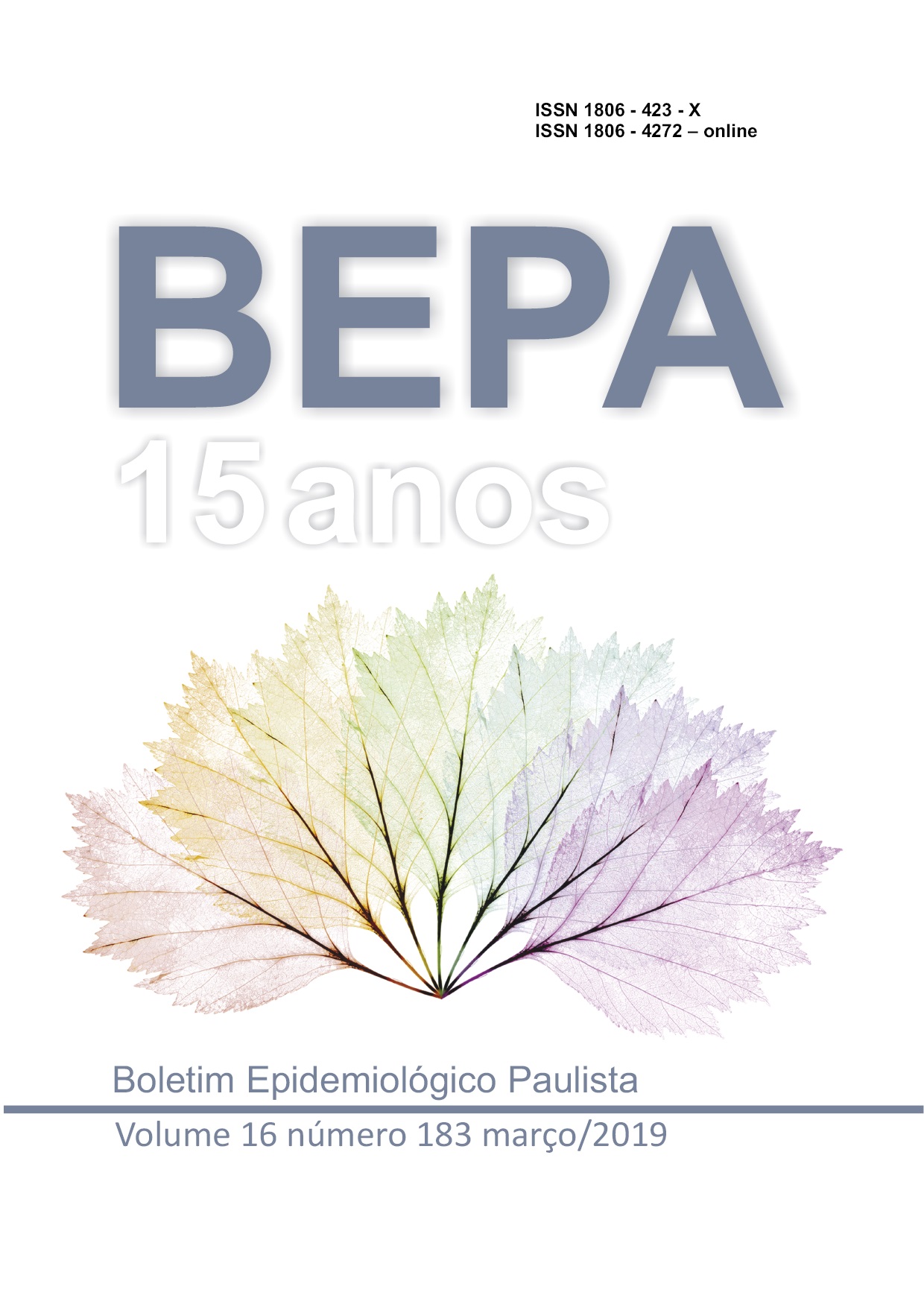Abstract
Mycobacteria are present in nature and therefore in constant contact with
man and animals. They are present in soil, water and air, municipal water
distribution systems, residential water tanks and hospital reservoirs. Some
species of mycobacteria are pathogenic and cause serious problems to Public
Health, such as M. tuberculosis, M. leprae and M. ulcerans and others cause
disease mainly in children, elderly and immunosuppressed patients such as M.
avium, M. intracellulare, M. scrofulaceum, M. szulgai and other mycobacteria.
The Tuberculosis and Mycobacteriosis Laboratory of the Adolfo Lutz Institute
receives isolates from all the State of São Paulo to identify mycobacteria species.
Some isolates, identified by the PRA-hsp65 technique, presented profiles not
yet described, called New Profile (NP). In the period from 2010 to 2012, 286
isolates were identified as NP. The aim of this study was to characterize these
isolates by sequencing the hsp65 gene, to standardize the MALDI-TOF/MS
technique to help reduce the time of identification and to identify patients with
more than one non-sterile site isolate or a sterile site isolate to determine the
number of bacteriological cases in the sample studied. Of the isolates from
the years 2010, 2011 and 2012, only 168 isolates presented viability for the
sequencing, of which 60.1% had definitive identification by sequencing and 71
were submitted to identification by MALDI-TOF/MS. With the exception of
two isolates, the spectra obtained by MALDI-TOF did not reach the necessary
score for determination of the species. In the samples evaluated, 21 patients
were classified as bacteriological cases.

This work is licensed under a Creative Commons Attribution 4.0 International License.
Copyright (c) 2019 Andréia Rodrigues de Souza, Erica Chimara (orientadora)
